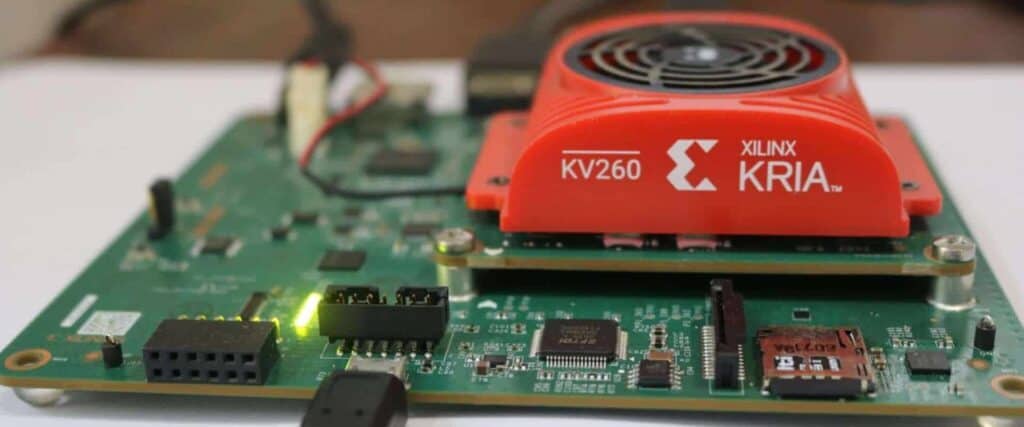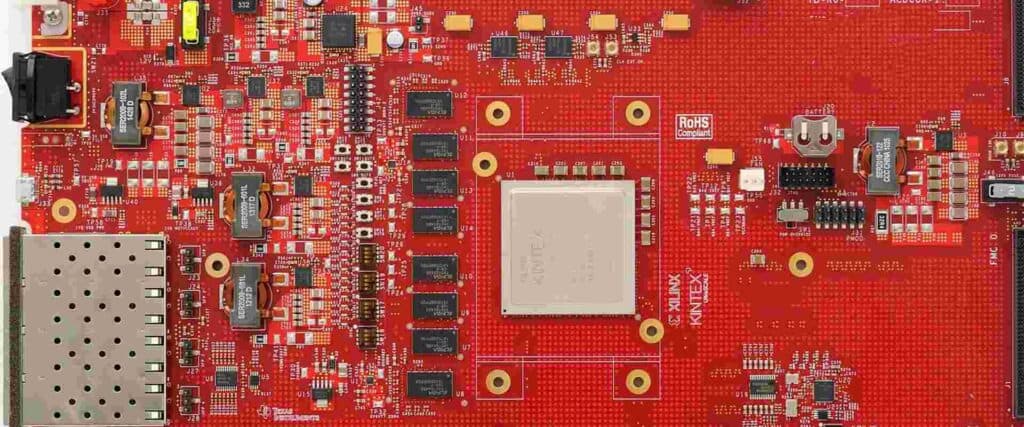Printed circuit boards (PCBs) are essential components in most electronic devices and products. However, PCB assembly can be expensive, especially for prototypes, small production runs, or hobbyists. This article explores strategies for getting affordable, high-quality PCB assembly when you’re on a tight budget.
Finding the Right PCB Assembly Partner
Choosing the right PCB assembly partner is key to getting good boards cheaply. Here are some tips for selecting a PCB assembler:
Check Reviews and Reputations
Look for assemblers with positive reviews praising their quality, service, and pricing. Sites like Google, Yelp, and PCB assembly forums contain useful reviews. Avoid assemblers with many negative reviews.
Compare Quotes
Get quotes from multiple assemblers. Legitimate assemblers will provide free quotes. Only compare quotes on equal requirements – some will quote incomplete work.
Ask About Their Capabilities
Choose an assembler capable of handling your board’s complexity and your order size. Some only handle simple boards or high volumes.
Evaluate Their Quality Control
Ask about their testing and quality control procedures. Good quality control ensures consistent, functioning boards.
Consider Lead Times
If you need boards quickly, find assemblers with short lead times. Lead times range from 24 hours to 4 weeks+.
Optimizing Your Design for Cost Savings

Your PCB design significantly impacts assembly prices. Here are tips for optimizing designs to save money:
Minimize Layers
Use the fewest layers possible. Each additional layer increases costs. Two layers are ideal for simple boards.
Avoid Dense Packing
Spread components out instead of dense packing. Tight spacing makes assembly difficult and time-consuming.
Design for Automated Assembly
Standardize polarity, part sizes, and use machine-placeable components when possible. Custom or incompatible parts increase manual labor.
Minimize Component Types and Counts
Using fewer different component types and only as many as needed reduces kitting complexity and materials costs.
Avoid Large BGAs
Big ball grid arrays (BGAs) with 100+ connections add complexity and increase costs. Avoid if possible.
Choose Standard Thickness
Standard 1.6mm boards are cheaper than thinner/thicker boards which require special handling.
Comparing Quotes Between Assembly Services
When comparing PCB assembly quotes between vendors, pay attention to these key details to ensure equivalent pricing:
| Comparison Factor | Details to Match |
|---|---|
| Board specifications | Size, layer count, thickness, material |
| Component types and counts | Bill of Materials parts list |
| Compliance testing | e.g. quality inspection, flying probe test, functional test |
| Special requirements | RoHS, lead-free, etc |
| Lead time | Standard or expedited assembly |
| Quantity | Prototype, pre-production, or production volumes |
| Shipping and handling | Who handles and pays for shipping |
Quotes that don’t match the above factors aren’t equivalent. Re-quote any unclear or mismatching details.
Cost Saving Tips for DIY PCB Assembly

For prototyping or very small production runs, you can sometimes save substantially by performing PCB assembly yourself. Here are some DIY tips:
Invest in Basic Equipment
A soldering iron, solder, flux, tweezers, and magnification can cover basic assembly needs for low volumes.
Use Reflow Oven Services
You can manually place components, then pay to use an assembler’s reflow oven for soldering.
Learn to Hand Solder SMDs
With practice, you can hand solder small surface-mounts like 0805s. This avoids paying for a reflow oven.
Purchase Components in Reel/Bulk
Buying components in bulk reels or packages saves tremendously over small quantities. Just confirm you’ll use extras eventually.
Salvage Components
Scavenge still-good components from discarded electronics to save on parts costs.
Consider Overseas Assembly
For medium quantities, overseas assembly can cost 70%+ less than domestic prices, even including shipping costs. Just ensure a reputable partner.
Only Assemble One Side Yourself
Doing all assembly yourself takes significant effort. Assembling just one side then paying for automated assembly of the other can be a cost-effective compromise.
Frequently Asked Questions
What are typical PCB assembly prices?
For prototype boards, expect ~$100-$500 for assembly. Small production runs under 1000 units will be around ~$10-$25 per board. Large production runs can be as low as ~$5 per board.
How can I get accurate PCB assembly quotes?
Provide detailed specifications – board size, layers, number of components, bill of materials, tolerances, lead time, and quantity. Get quotes from 3+ assemblers.
Is it cheaper to assemble PCBs myself?
For prototypes, doing it yourself can save over paid assembly. For production, specialized equipment and labor makes professional assembly cheaper for most quantities over 50-100 boards.
What are the risks of cheap overseas PCB assembly?
Language barriers, shipping delays, poor soldering quality, inferior components, lack of quality control, and inadequate testing are potential risks of the cheapest overseas assemblers. Vet assemblers carefully.
How can I design PCBs for lower assembly costs?
Use fewer layers, looser spacing, standardized parts, avoid BGAs, minimize component types, place test pads, and design for automated assembly. Reviewing the assembly quote for what’s driving cost is very helpful.



0 Comments